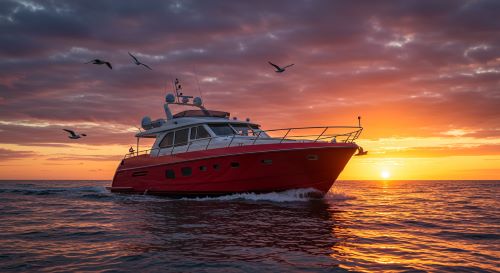Next Generation External Stern & Bow Thrusters
Next generation external stern and bow thrusters enhance boating. These devices improve maneuverability for all types of boats.
They help with docking your boat in tight spaces. Boaters can easily steer without moving the entire vessel. The thrusters create thrust by pushing water sideways. This allows for precise control during low-speed maneuvers. Many models are easy to install and maintain. They come with joystick control for user-friendly operation. Plastimo Marine offers a wide range of high-quality marine equipment and accessories that perfectly complement these systems, ensuring reliability and safety on the water.
Next generation designs offer better efficiency and performance. These thrusters are suitable for various boat types. They provide a better experience for both new and seasoned boaters. Explore the benefits of these innovative thruster solutions.
